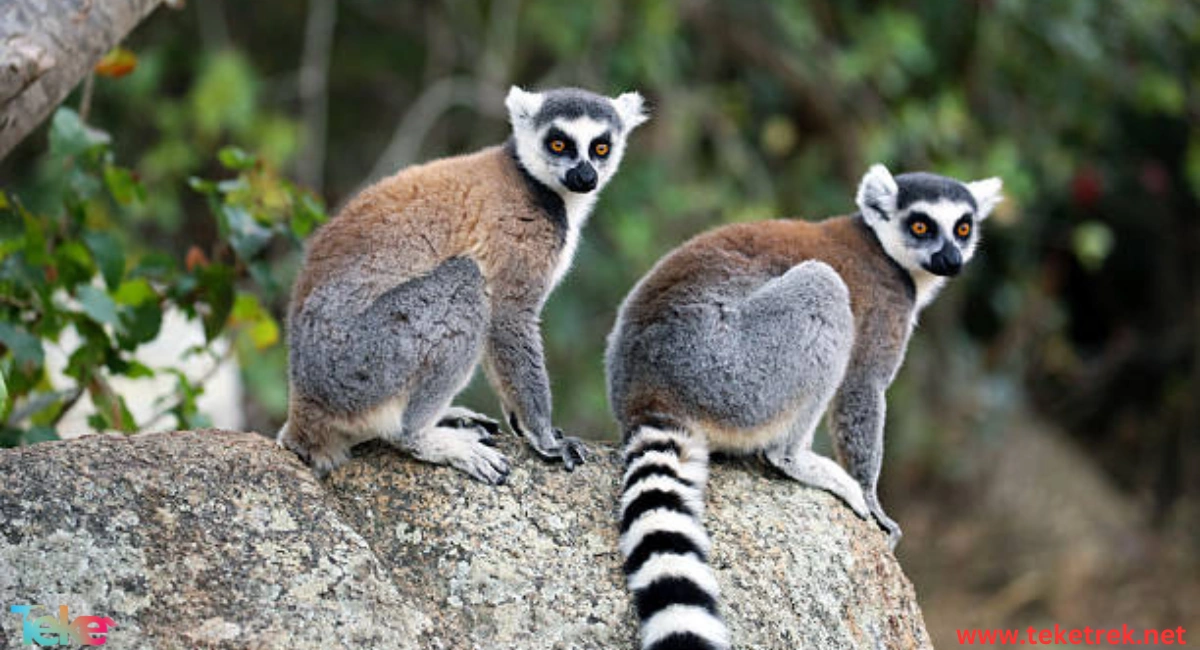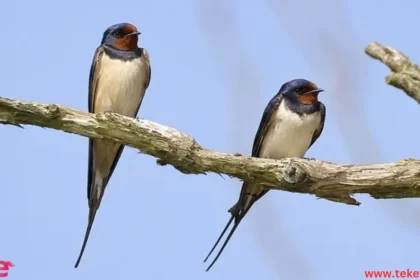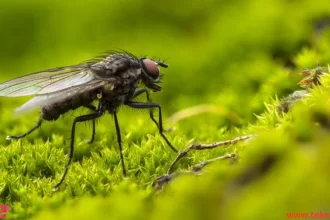أغرب الحيوانات في العالم، هي مادة خصبة يتناولها بالبحث الكثير من علماء الطبيعة ومحبي الحياة البرية، فكما نعلم هناك ملايين الكائنات التي تعيش على كوكب الأرض والتي تتمتع كل منها بخصائص وصفات فريدة، لها دورها الهام في الحفاظ على النظام البيئي.
وجود حيوانات غريبة ومثيرة أمر يثير الكثير من الفضول، فهي تعكس قدرة الطبيعة على التطور والتكيف عبر الزمن، وهو أمر من الضروري معرفته لفهم التنوع البيولوجي، هذا التنوع الذي يحافظ على استدامة الأرض وسلامتها.
في هذا المقال من teketrek، سنتعرف على أغرب الحيوانات الموجودة على كوكبنا من حيث الشكل والسلوك والبيئة، كما سنلقي الضوء على أهميتها في التنوع البيولوجي وأبرز الحقائق المرتبطة بها، تابع معنا.
قائمة تضم أغرب 10 حيوانات في العالم
ما نعرفه الآن من أنواع للحيوانات التي تعيش على سطح الأرض هو جزء بسيط مما هو موجود حالياً، لذلك سنقدم لكم فيما يلي قائمة تتضمن أغرب الحيوانات التي تشكل حالةً طبيعية مذهلة:
أكسلوتل (السمندل المكسيكي):
يعد سمندل الأكسلوتل أو كما يُعرَف باسم (عفريت الماء) الذي يعيش في المكسيك من أبرز الحيوانات التي تمتلك مزايا وقدرات مدهشة، فأطرافه تنمو وتتجدد بعد أن يتم قطعها، كما أنه يتمتع بالقدرة على تجديد أعضائه الداخلية ذات الدور الثانوي في حياته، وعند تعرضه لأي جرح فتوقف النزيف يكون خلال ثواني قليلة، يُعرَف بأنه قليل الحركة، كل هذه الخصائص جعلته محط اهتمام الكثير من الأطباء.
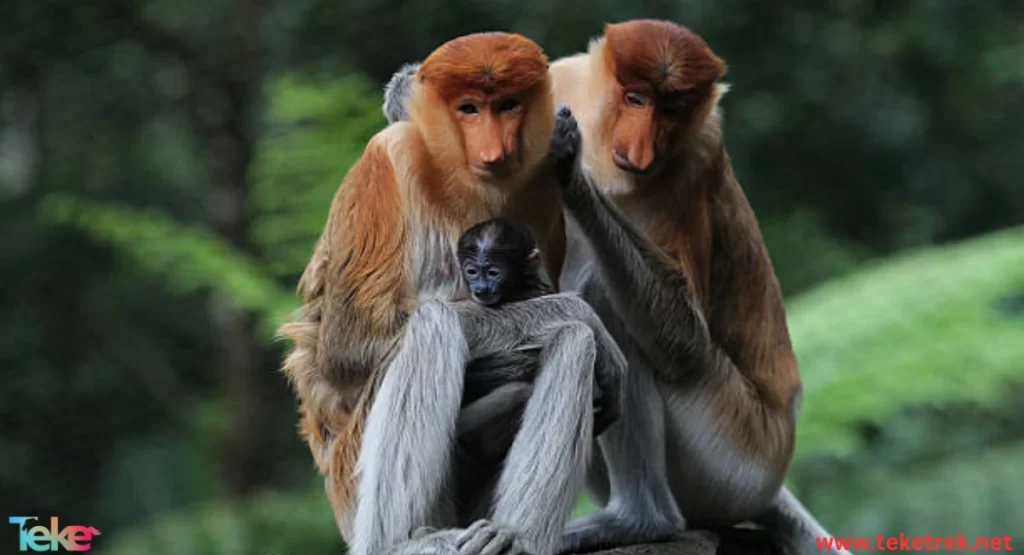
خلد الماء:
خلد الماء أو الخلد بطّي المنقار هو من أغرب الحيوانات في العالم، حيث يجمع في خصائصه بين الزواحف والثدييات، فهو يمتلك منقار مطاطي الملمس مثل منقار البط، يضع البيض كالطيور على الرغم أنها من الثدييات، وقوائم أصابعه تشبه قوائم ثعلب الماء، بالإضافة إلى ذلك فهو من وحيدات المسلك التي تُضيء أجسادها بلون أخضر مزرق في حال تعرضها لضوء أسود.
يعد خلد الماء من الحيوانات المائية التي التي تبحث عن الطعام عندما يحل الظلام، إلا أنه قد يستيقظ نهاراً وبشكل خاص عندما تكون السماء غائمة، هو حيوان بارع في السباحة، لكنه لا يستطيع التنفس تحت الماء حيث لا تتجاوز مدة غطسته نصف دقيقة ليعود بعدها إلى سطح الماء فيلتقط الهواء بين 10 و20 ثانية.
https://teketrek.net/animal-language-what-do-their-different-sounds-mean/
سمكة التنين الأزرق:
سمكة التنين الأزرق هي من الرخويات البحرية التي تعيش حياتها وهي تغطس وتطفو على سطح الماء بسبب احتواء معدتها على كيس ممتلئ بالغاز، تتميز بلونها الأزرق الذي يساعدها على التخفي في الماء، بالإضافة إلى اللون الرمادي الذي تتم ملاحظته عند النظر إلى الأسفل، ويمتلك 6 زوائد متفرعة بشكل شعاعي، يتواجد هذا الكائن في مختلف محيطات العالم.
تنين البحر المورق:
تنين البحر المورق هو أحد الأسماك البحرية المرتبطة بحصان البحر، يُفضل البقاء في المياه معتدلة الحرارة، تستمد تسميتها من مظهرها فجسدها مُغطَّى بنتوئات شبيهة بأوراق الشجر يتم استخدامها للتخفي، يتحرك هذا الكائن عن طريق زعانفه الصدرية والظهرية الشفافة.
قرد الخرطومي:
القرد الخرطومي هو أحد القرود المهددة بالانقراض، يعيش جنوب شرق آسيا، يتميز بشكل أنفه الفريد فهو كبير حيث يتجاوز طوله لدى الذكور 10 سم، كما يمتلك فرو بني محمر، ويستهلك حوالي 55 نوع من النباتات ويتغذى أيضاً على بذور الزهور والحشرات، بالإضافة إلى ذلك فهو يفضل الأوراق غير الناضجة.
أخطبوط دامبو:
صُنف الأخطبوط دامبو على أنه من أغرب الحيوانات في العالم، فهو أحد الأخطبوطات التي تعيش في المحيطات المفتوحة لعمق قد يصل إلى 4 آلاف متر، فالعيش فيها يتطلب قدرة فريدة بسبب برودتها الشديدة، يتحرك هذا الكائن بالزعانف عبر الخفقان البطيء وأذرعه يستخدمها للتوجيه، أكثر ما يميزه أنه لا يحتوي على كيس حبر وذلك لكونه يعيش في أعماق سحيقة فهو لا يتعرض لحيوانات مفترسة.
ليمور آي آي:
يعيش هذا الحيوان في مدغشقر ومرتبط بشكل كبير بالبشر والقردة والشمبانزي، لونه بني أو أسود ويتميز بعينيه المتسعتين وذيله الكثيف وأصابعه الرفيعة وآذانه الكبيرة، أكثر ما يجعله فريداً أنه يقضي يومه ضمن عش شبيه بالكرة مبني من الفروع والأوراق، لا يحب النزول إلى الأرض ويقضي معظم حياته ضمن أشجار الغابات المطيرة.
السلحفاة الرخوة:
تتميز هذه السلحفاة بامتلاكها صدفة ناعمة ومسطحة على عكس أنواع أخرى من السلاحف التي تمتلك صدفة عظمية كبيرة، كما تتميز برقبة طويلة ورأس انسيابي، وعادة ما تدفن نفسها في الرمال أو المياه الضحلة أو الطين، وأحيانا تلجأ إلى مد رأسها إلى الأعلى للتنفس، والجدير بالذكر أن هذه السلاحف من الحيوانات آكلة اللحوم، حيث تنقض على فريستها بنشاط وحكمة.
المدرع الزهري:
يعيش هذا المدرع في صحارى الأرجنتين، يعتبر من الكائنات النادرة فهو يعيش حياته ضمن حفر تحت الأرض لذلك يصعب العثور عليه، يصل طوله إلى حوالي 12 سم، كما يبلغ وزنه حوالي 115 غرام، أُطلِق عليه هذا الأسم لأنه يحمل درعاً وردي اللون فوق ظهره يعلوه شعر أبيض ناعم.
دولفين إيراوادي محدب الرأس:
يعيش هذا الدولفين في المنطقة الساحلية جنوب وجنوب شرق آسيا، وهو من الحيوانات النادرة التي لا يتجاوز عددها 92 فرداً، يُعرَف بجبهته المنتفخة ومنقاره القصير وأسنانه التي يتراوح عددها بين 12 و19 على كل جانب، يصل طوله إلى حوالي مترين ويبلغ وزنه حوالي 130 كغ، أما غذائه فيتركز على القشريات وبيض السمك والأسماك الصغيرة.
https://teketrek.net/understanding-animal-language-and-behavior/
حقائق مدهشة عن الحيوانات الغريبة: قدرتها على التكيف أو المزايا الفريدة
كما ذكرنا أن كوكبنا مليء بالكائنات المذهلة وبشكل خاص فيما يتعلق بالتكيف والبقاء، وفيما يلي بعضاً من الحقائق التي تثبت تفرد أغرب الحيوانات في العالم:
- القدرة على تجديد أجزاء الجسد والبقاء في مرحلة الشباب واليرقات مدى الحياة كما هو الحال لدى السمندل المكسيكي.
- القدرة على التجانس بين الفئات (الزواحف والثدييات)، بالإضافة إلى احتواء منقاره مستقبلات كهربية تساعده في الكشف عن الإشارات الكهربائية التي تنبعث من فريسته كما هو الحال لدى خلد الماء.
- استخدام الأنف في إصدار الأصوات بهدف جذب الإناث واتحاده في مجموعات متكاملة لحماية الصغار وبناء علاقات تفاعلية قوية.
- أهمية الحيوانات الغريبة في الحفاظ على التنوع البيولوجي: كيف تساهم هذه الحيوانات في النظام البيئي
- تلعب الحيوانات الغريبة دوراً هاماً في ضمان التوازن البيئي عن طريق تفاعلها مع البيئة المحيطة، حيث يتجلى ذلك فيما يلي:
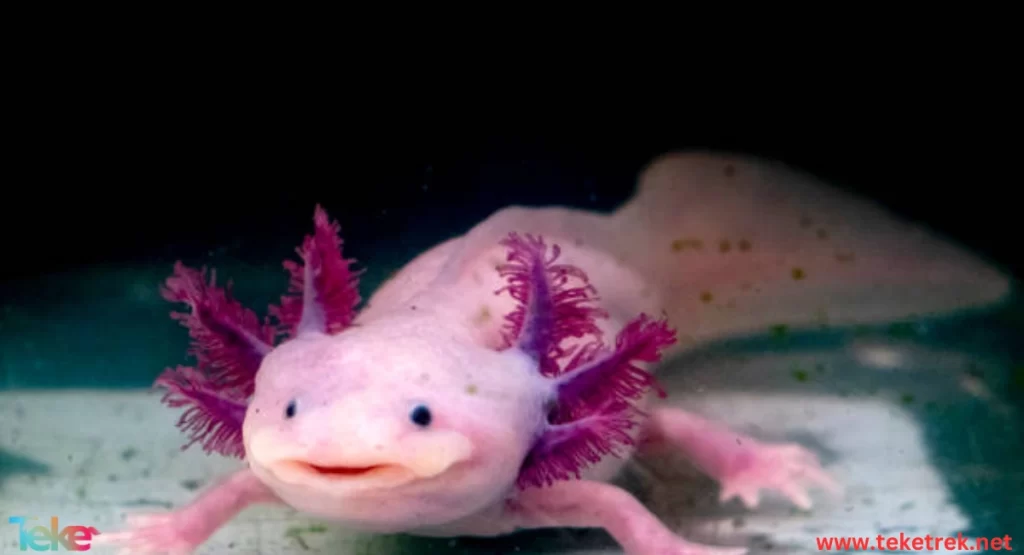
تنظيم السلاسل الغذائية عن طريق قيامها بتناول أشكال فريدة.
القيام بتكيفات متنوعة كالدفاع والتمويه، مثل تنين البحر المورق الذي الذي يحافظ على التوازن بين المفترسين والأعشاب البحرية.
الحفاظ على التنوع الجيني لبعض النظم البيئية، من خلال خلق جينات جديدة ترفع من المرونة البيئية.
بناء موائل طبيعية جديدة تعتمد عليها الكائنات، مثل خلد الماء الذي يقوم بحفر أنفاق تغمرها المياه، الأمر الذي يشكل ملاذ جديد لبعض الحيوانات المائية ويدعم تنوع البيئة الطبيعية.
دعم النظام البيئي عن طريق تفاعل الحيوانات الغريبة مع عدة أنظمة بيئية، الأمر الذي يدعم العديد من الكائنات الأخرى.
في ختام حديثنا عن أغرب الحيوانات في العالم نجد أنها تمتلك قدرة فريدة في الحفاظ على التوازن البيئي والتنوع البيولوجي، من هنا جاءت أهمية حماية هذه الكائنات للوصول إلى استدامة بيئية فعالة، دعونا نعمل معاً للحفاظ على التنوع البيولوجي من خلال تخصيص أماكن لحماية هذه الحيوانات.

